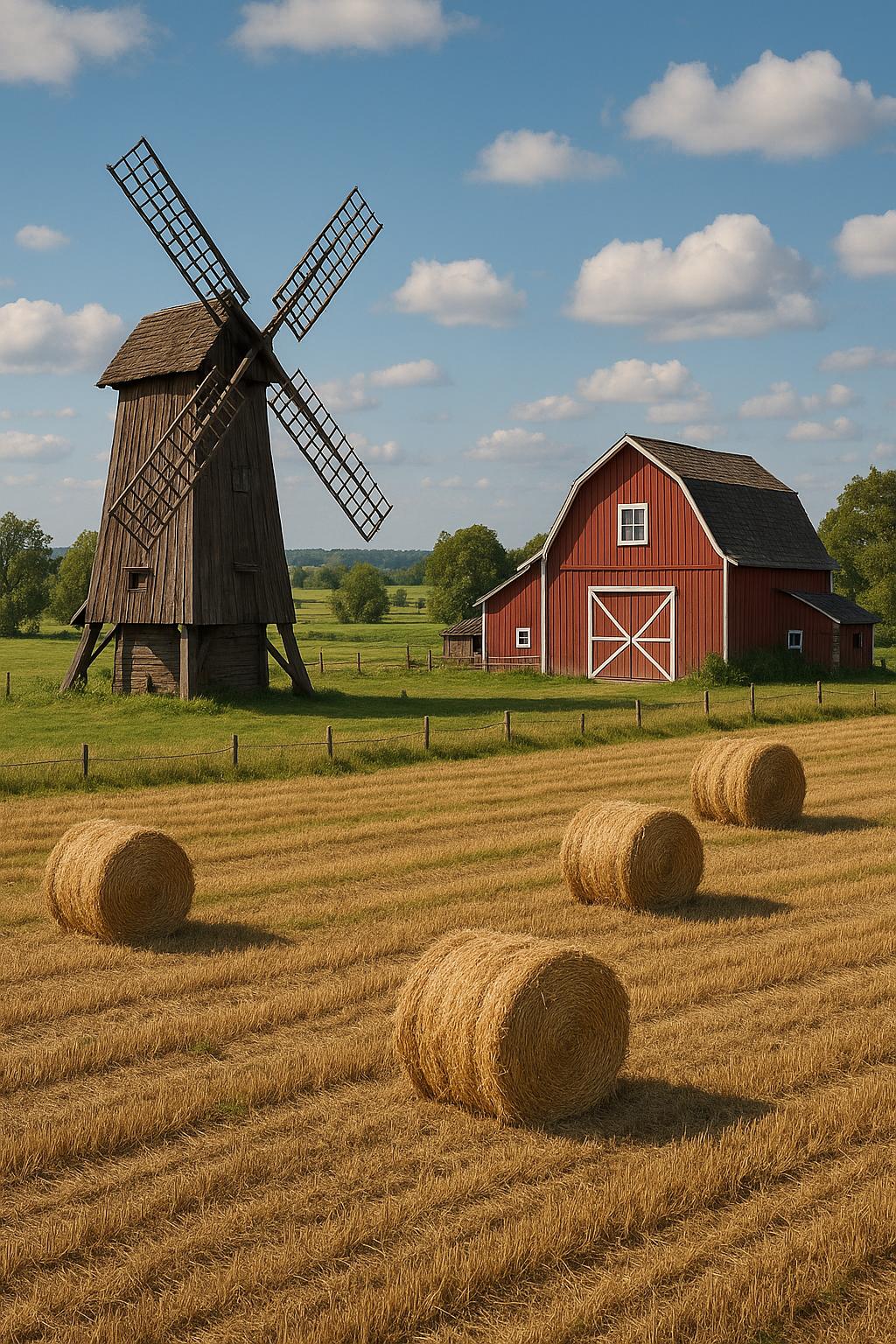The Role of Mills in Rural Economies
Mills have historically been pivotal in shaping the economic landscapes of rural areas. Their presence transcends simple production and delves deeply into the social and economic fabric of these communities. By transforming raw materials into valuable products, mills have long served as catalysts for growth and development across various sectors such as agriculture, textiles, and energy production. This discussion aims to uncover the multifaceted roles mills have played, and continue to play, in fostering sustainable rural economies.
Agricultural Mills and Their Economic Impact
Agricultural mills encapsulate entities such as gristmills and flour mills, which have been foundational in turning basic food grains into consumable goods. Serving as hubs for processing crops such as wheat, corn, and barley, these mills have been instrumental in not only providing sustenance but also in fortifying the local economy in several pivotal ways.
Agricultural mills facilitate the refinement of local produce which has a direct consequence of minimizing transportation costs for farmers. By reducing the necessity to transport raw grains to distant facilities, these mills ensure that the economic benefits remain within the local communities. Moreover, the significance of these mills extends to the realm of employment. Being situated in rural locales, mills often rank among the top employers, generating a multitude of job opportunities that encompass a wide range of skills. This employment not only alleviates poverty but also stimulates community development.
On another front, the existence of agricultural mills often spurs technological advancements in farming practices. By offering easy access to processed agricultural products and engaging in knowledge transfer, mills encourage farmers to adopt modern farming techniques, thus increasing overall productivity. For further reading on how modern agricultural practices are evolving, you may visit this article.
Textile Mills as Economic Drivers
Textile mills stand as iconic establishments in the annals of rural industrialization. By transforming unrefined materials such as cotton and wool into usable fabrics, these mills have imparted undeniable vitality to rural economies. Their contributions span multiple dimensions:
Textile mills are renowned for spurring job creation. They generate employment opportunities that accommodate a wide spectrum of skills, ranging from the unskilled workforce to highly specialized roles within the industry. This inclusivity in employment underpins local economic stability and growth.
Moreover, textile mills play a crucial role in the initiation and maintenance of supply chains that benefit regional agricultural endeavors. By creating a demand for natural fibers, these mills bolster local agriculture, leading to a symbiotic relationship that fosters regional economic vitality.
Additionally, textile mills have historically contributed to economic diversification, subsequently reducing rural areas’ dependency on agriculture or a single industry. This diversification is vital, as it provides economic resilience against market volatility and climatic adversities.
To explore current trends in textile production and its influence on rural economies, you may refer to this report.
Energy Mills: Modern Adaptations
The role of mills in energy production is an evolutionary step that reflects technological advancements and their application in contemporary rural environments. Energy mills utilize natural resources like wind and water, which resonate well with the global shift towards sustainable energy.
Hydroelectric mills, using the power of flowing water to generate electricity, play an instrumental role in reducing energy costs and powering local industries. These mills contribute towards a self-sufficient rural economy by enabling local production capabilities and offering an affordable energy alternative.
Windmills have emerged as prominent symbols of renewable energy. By serving as stable and non-polluting sources of power, they contribute significantly to sustainable development. Further, windmills often attract investment and subsidies into rural locales, thereby facilitating economic growth and infrastructure development.
To delve deeper into the role of renewable energy in rural settings, consider visiting this publication.
Conclusion: Sustaining Rural Economies
Mills, in their various iterations, continue to serve as robust pillars supporting rural economies. Far from being mere vestiges of the past, the mills in agriculture, textiles, and energy sectors embody the very essence of industrial diversity and economic sustainability. These establishments contribute profoundly to local economies through job creation, resource processing, and technological advancement. Comprehending their ongoing significance provides invaluable insights that can drive policy decisions aimed at fostering sustainable rural development, ensuring that these communities thrive well into the future. Their enduring presence and evolution encapsulate the spirit of innovation, consistently propelling rural areas towards economic prosperity and resilience.

